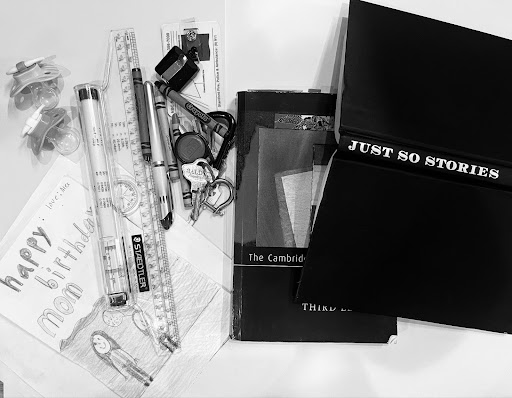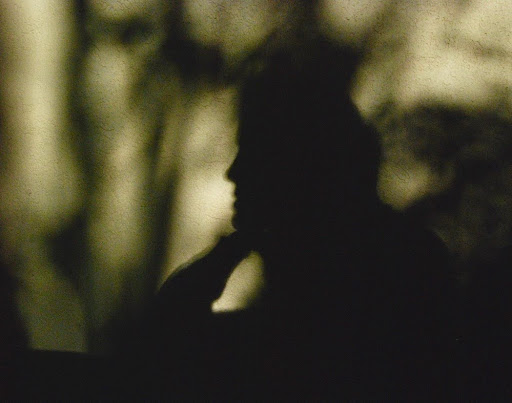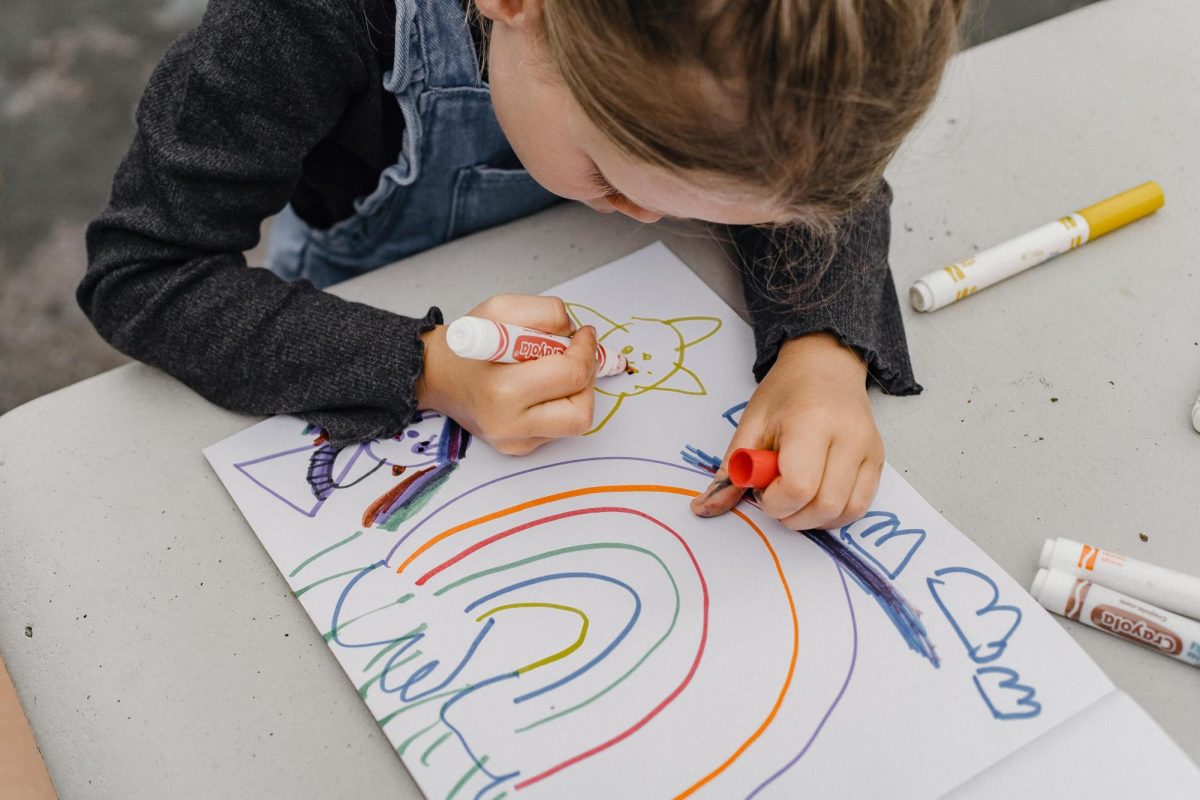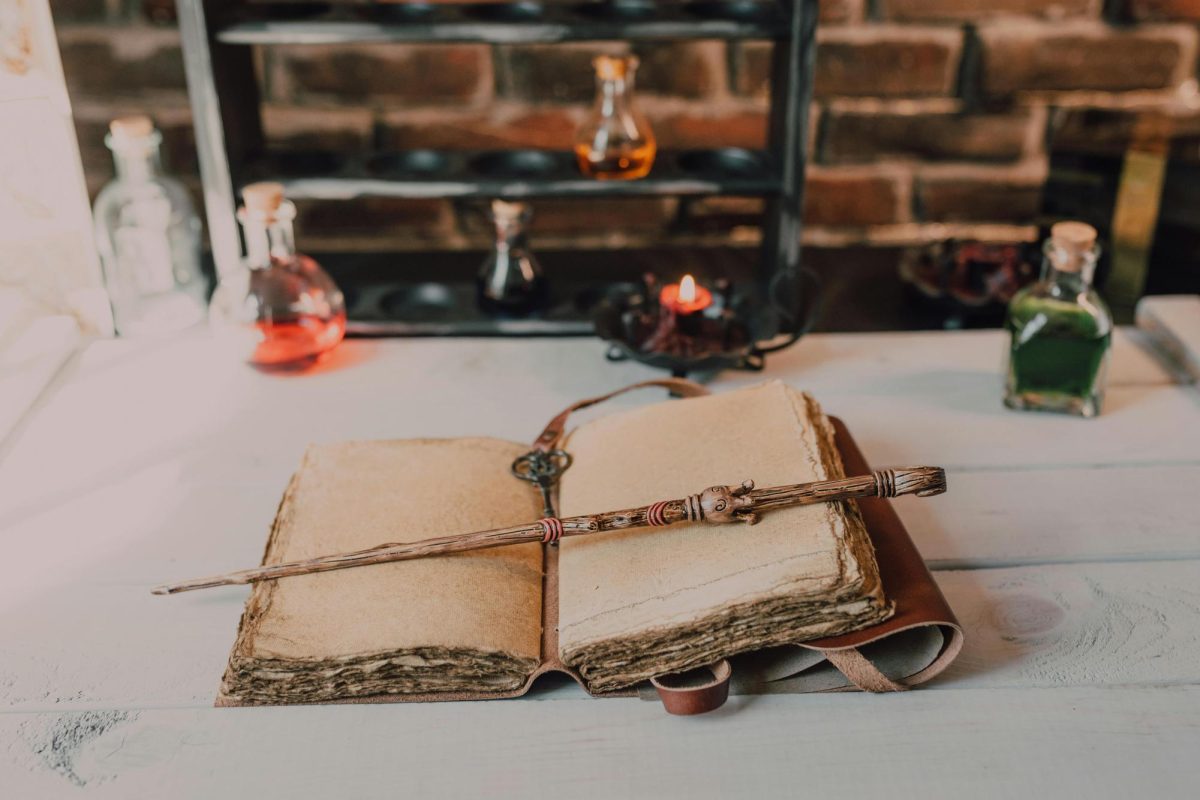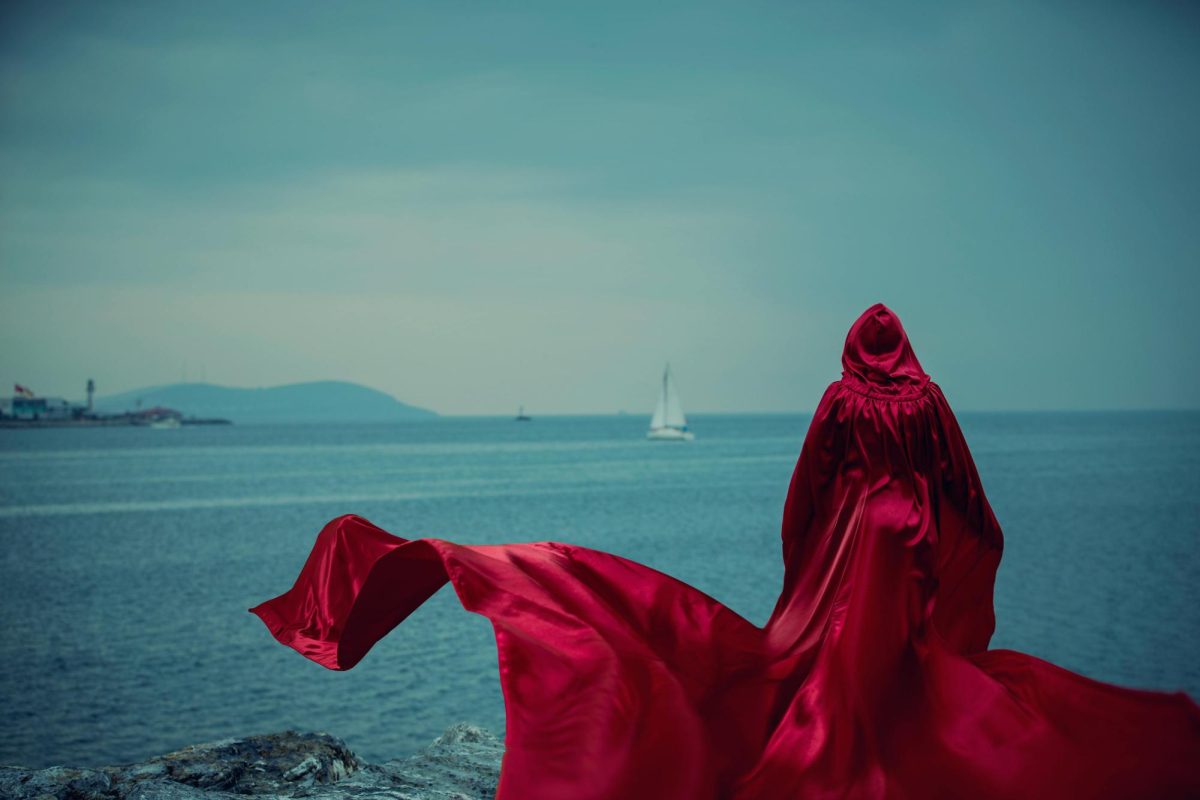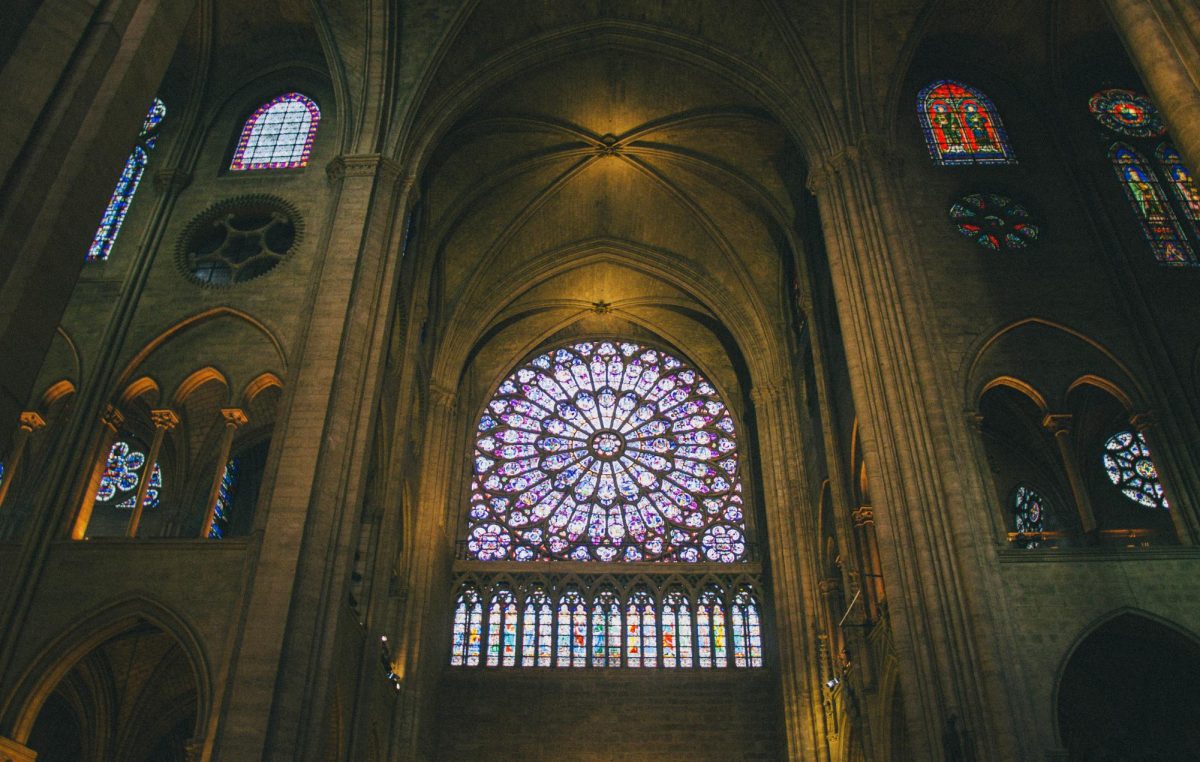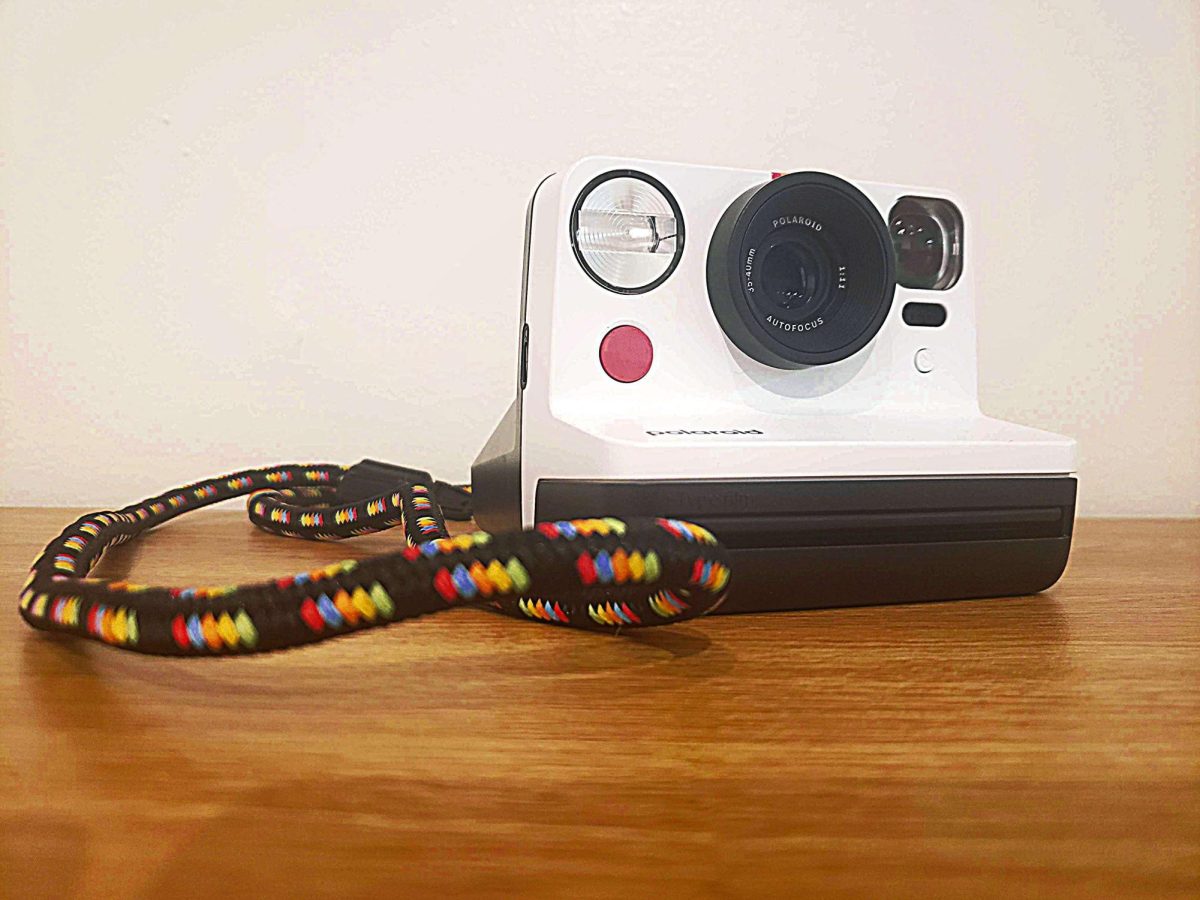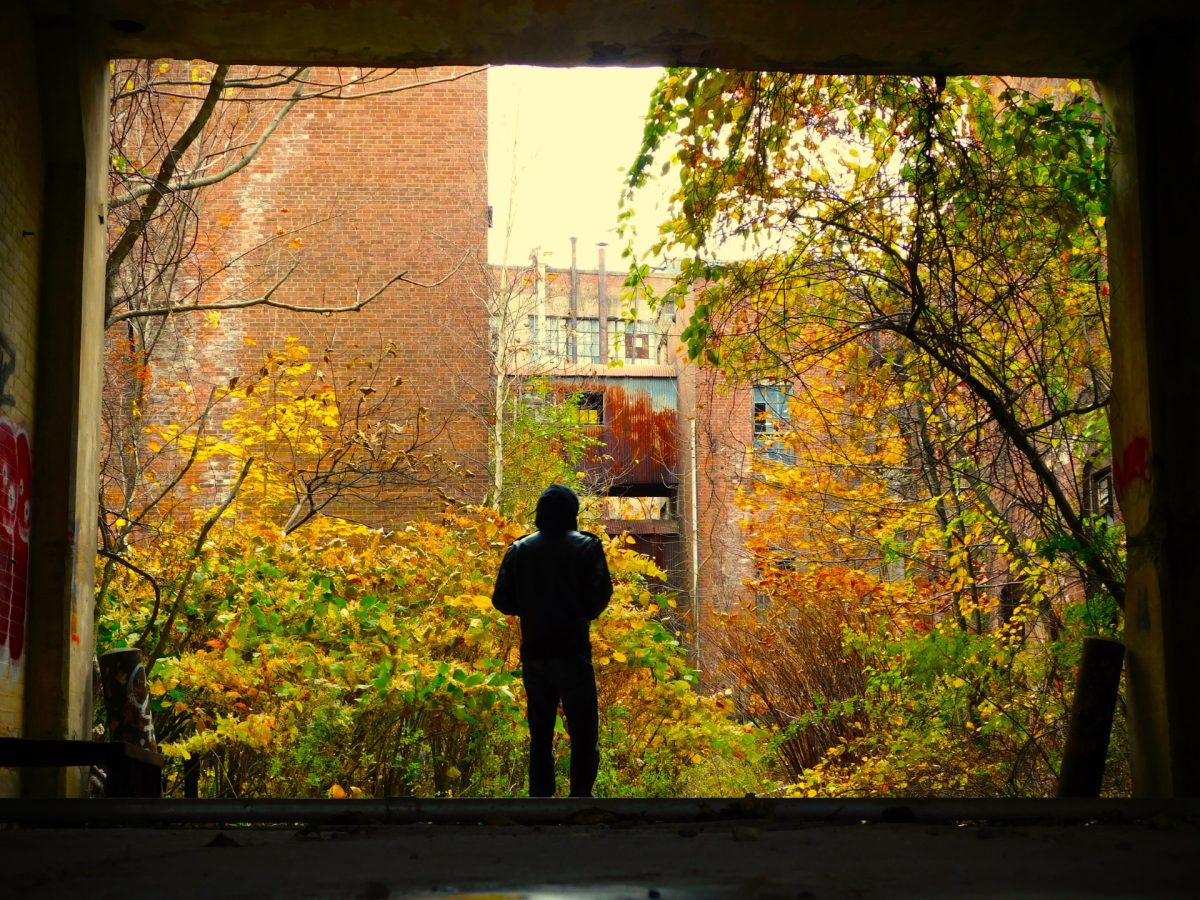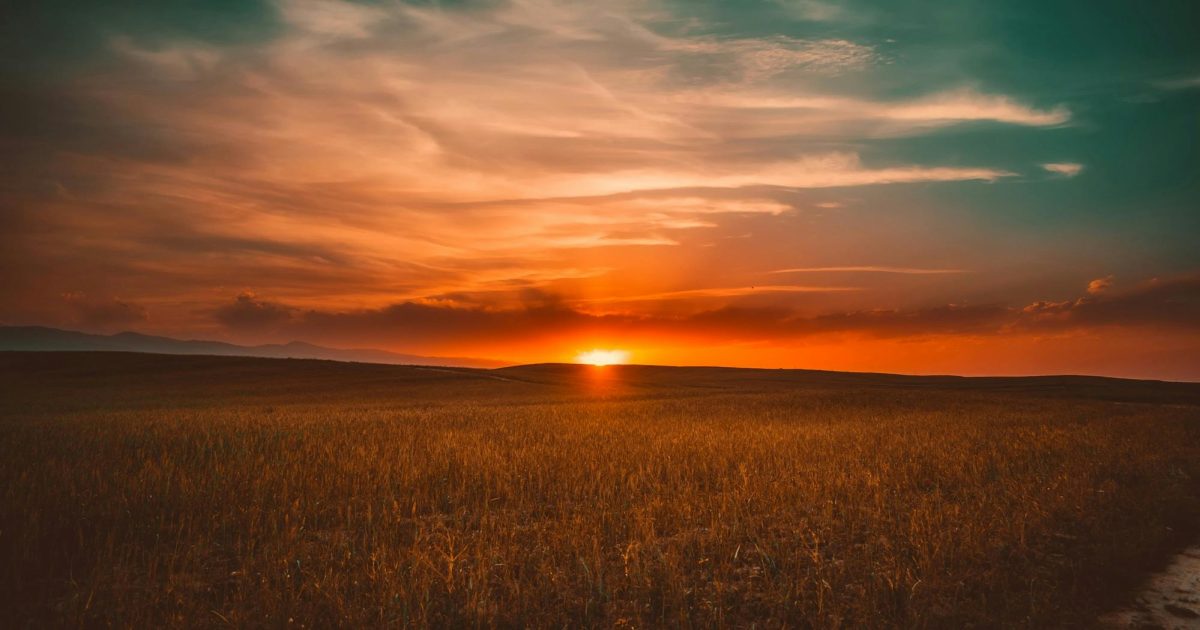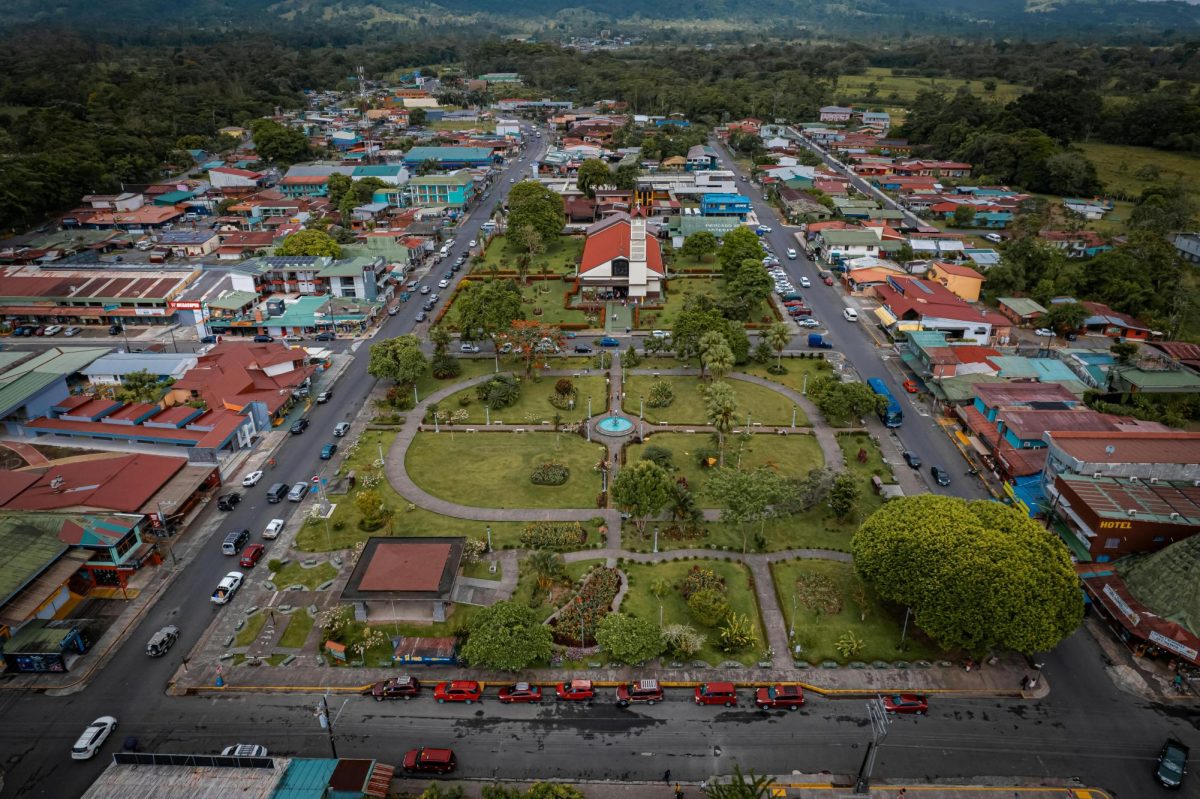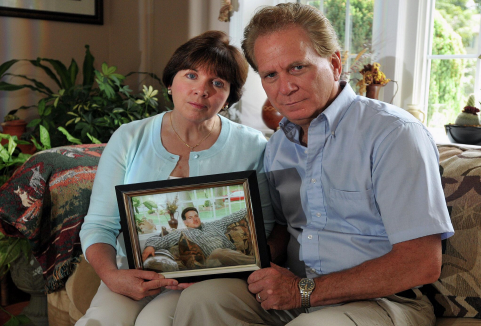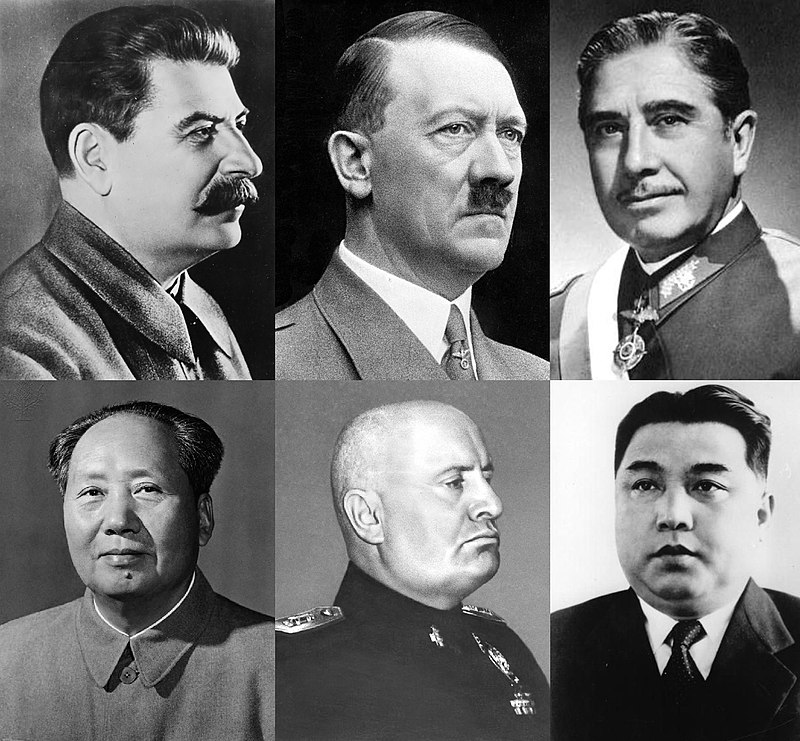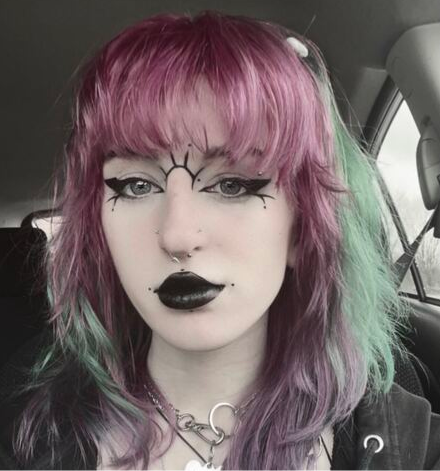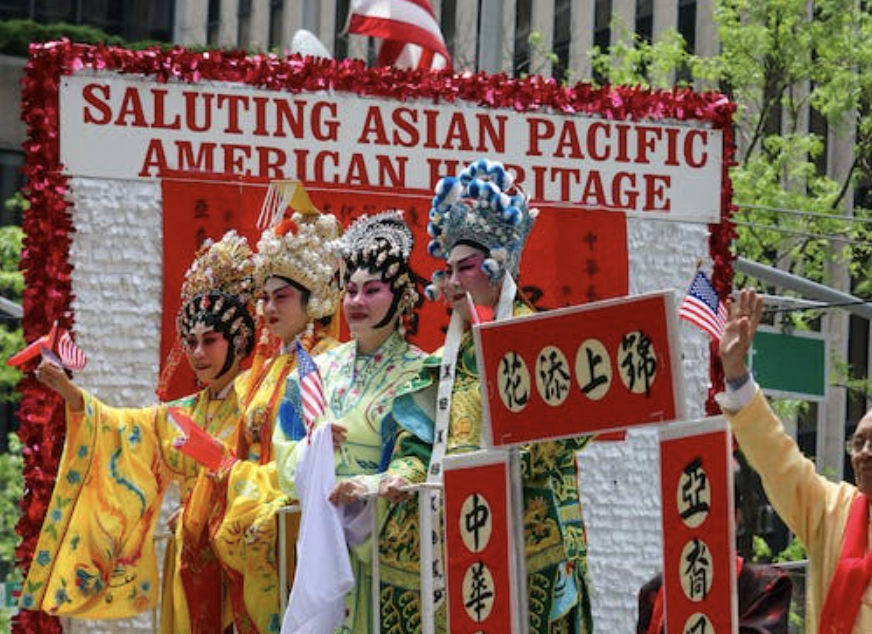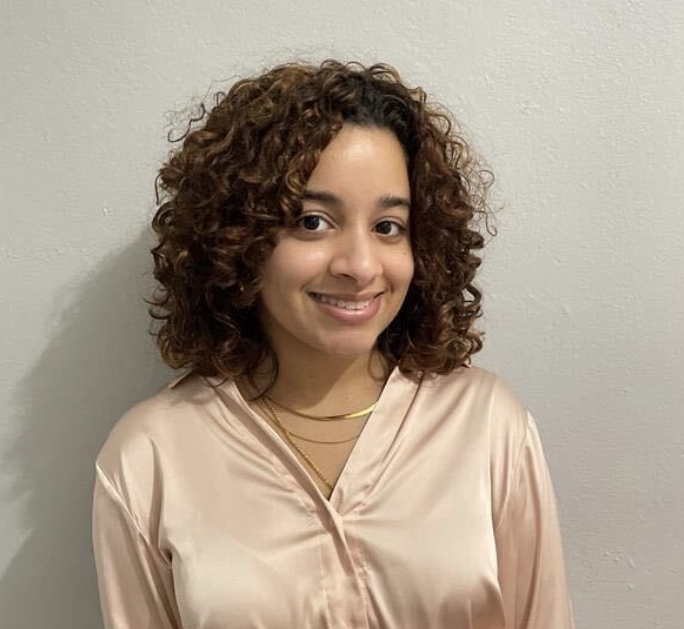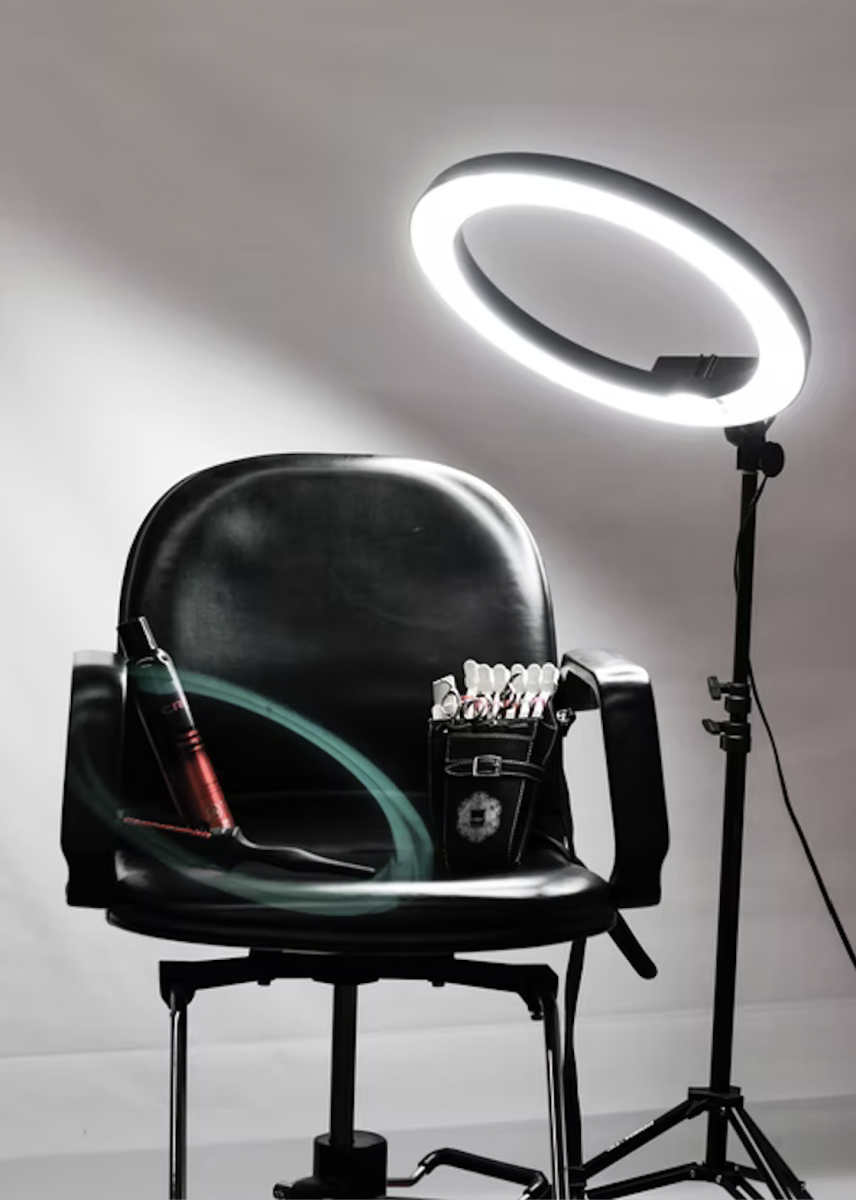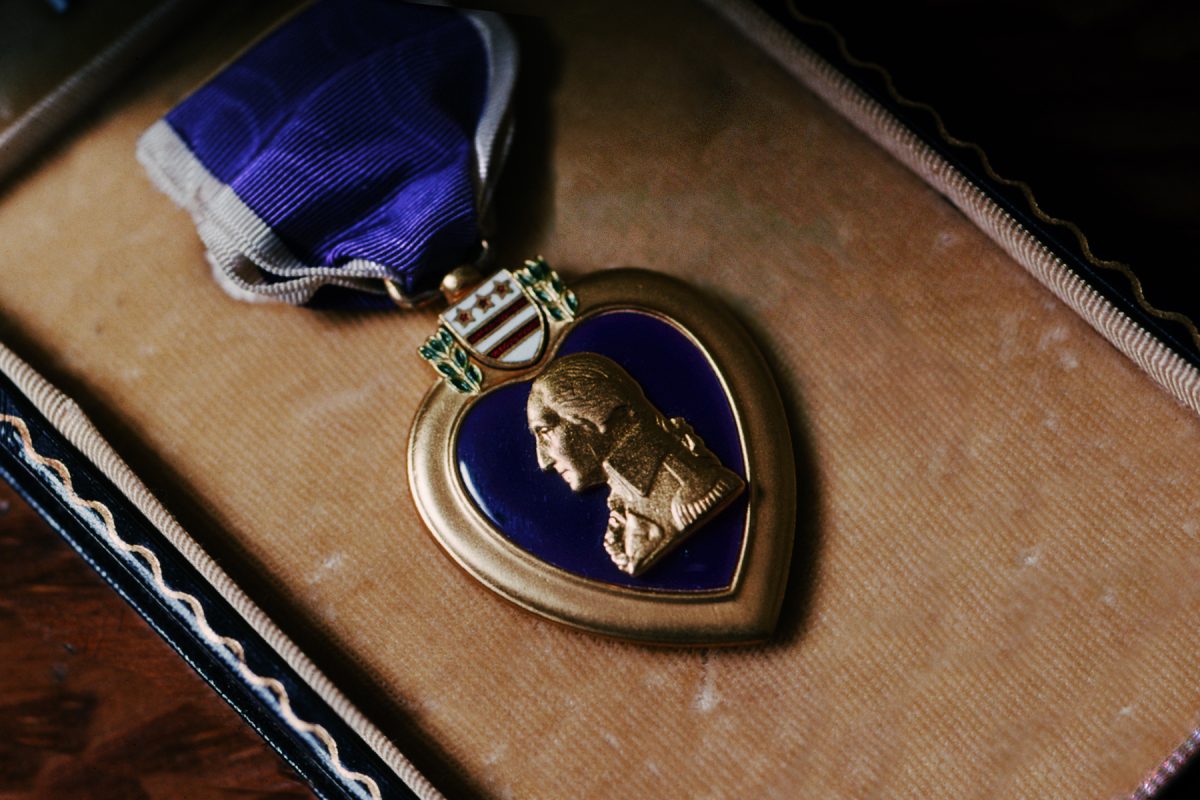This week in my Management in Workforce Diversity class, there was a discussion about the trending concept of white privilege. This is the ability a person has to use their skin color to gain opportunities that many minority groups may not have access to. This privilege is not limited to access to resources and opportunities but also amounts to physical appearances. The physical attractiveness or appeal of a person heavily influences people’s perceptions of that individual. This coincides with their personal judgments which unfortunately leads to biases and in extreme cases discrmination. The effect of a person’s attractiveness has severe influences, not only personal but societal perceptions of minority groups such as People of Color (POC). As a result, this may ultimately lessen this group’s opportunities within society. But how does physical attractiveness help one group while hurting another within society?
During class, we watched a video of John Quiñones-hosted show “What Would You Do?” The series examines people’s reactions and actions to scenarios in public. The scenario presented in the video featured a person attempting to steal a chained bike. There were three different perpetrators: a white man, a Black man and a white woman. For the white man, people who deliberately saw him using tools such as a saw and wrench mostly observed and looked away. And even when the white actor asked if they knew whose bike it was, people shook their hands and went on with their day.
That, however, was not the case for the Black man. When people saw that he was deliberately using tools to take the bike, they asked him immediately, “Is that your bike?” Others went as far as taking pictures as evidence to show the police and one individual confiscated his tools. Almost immediately, people were quicker to question the Black actor than the white actor.
The video continues to escalate when the white female actress is shown using the same tools to steal the bike. In her case, many saw and asked the actress if she needed help cutting the chain on the bike. No one questioned her, even after deliberately saying that the bike was not hers.
Although this video is a smaller scale of how the world perceives certain races, it also explores the privilege of beauty and attractiveness. The white female actress was not questioned because of two daunting reasons: one, because of her skin complexion, and two because of her attractiveness and physical appearance. This is known as lookism or “pretty privilege.”
BLookism is defined as “prejudice or discrimination based on physical appearance and especially physical appearance believed to fall short of societal notions of beauty”. In society, lookism is not known or recognized as racism, sexism or colorism. But it is a concept and conversation that is worth discussing, despite discomfort. Lookism, or pretty privilege, is more prevalent in the media and in society than you may think.
Magazines such as Vogue and Life mostly have white actors, models and celebrities who adhere to western beauty. Predominantly, they tend to be tall, fair-skinned and plainly white. The same applies to television or movies. For years, Hollywood has contributed to the stigma of pretty privilege. In actuality, these movies showcased a standard that exhibited the traits of white women who had exceptional beauty. For example, the 1995 film “Clueless” explores the life of Cher, a popular, wealthy and spoiled white female student playing matchmaker for two of her teachers. The film contributed to a 2000s era of plaid skirts, V-neck shirts and knee-high school socks, which gives us a nostalgia of elementary school.
However, taking into account the film perspective of Black representation, there is rarely any because Black people did not generally fit the “Beverly Hills” standard or image. I understand the only Black character in “Clueless,” Dionne, was the side character alongside Cher, the white beauty, but even then, that character does not represent the Black community. Although “Clueless” is a teenage favorite, films like this uphold the standard of western beauty and pretty privilege at its finest.
As an African American woman, I recognize that the odds of many privileges and opportunities are against me, especially when I consider that I will never have pretty privilege.
Being a dark brown skin woman, I will never get the opportunity to have my physical appearance work solely in my favor. My dark melanin skin and brown eyes do not fit the standards of western beauty. Unfortunately, I and many other Black women may never be considered inherently attractive. The sole reason is that I am not considered as attractive as a white female; I am sure many of my African American friends, family and acquaintances can attest that they heard the phrase “you’re pretty for a Black girl.” It is important to acknowledge that there are people who think this saying is a compliment. Perhaps, they may not understand that this intended compliment deepens the self-hatred of many African American girls and women, contributing to the detrimental standards of western beauty.
Amoy Daley, a lifestyle journalist for the Boar, examines the notion that general beauty standards are subjective. Although beauty is an ever-changing trend, western beauty standards still have racial prejudices to lightness. She said it best: “some of the real and harmful consequences of Western beauty standards include the existence of skin-bleaching creams, hair discrimination, the demonization of dark-skinned women in the media, fatphobia, ableism, and so much more. We have all internalized these messages, and they are hard to escape.”
The constant pressure that western beauty places on white Americans is severe but not in comparison to the Black community, specifically, African American women. If you aren’t a person of color, you will never truly understand the struggle to constantly feel rejected by society for the color of your skin, the texture of your hair and the darkness of your eyes. This has resulted in many women of color trying to adhere to beauty standards that initially were never created for them to attain. For example, many African American girls are continually pressured to perm their hair because they lack “good hair.” This concept of good hair is correlated to western beauty standards of long silky hair. Therefore, many Black women conformed to this standard by wearing wigs, extensions, and perming their naturally coiled hair because of several criticisms of society. Unfortunately, those who typically have qualities similar to whiteness are often light-skinned people. Which in many instances contribute to them being a “high commodity” and fetishes in society. That’s the horrific truth. For beauty to be subjected to the lightness of your skin is carnal, discriminative and prejudiced. Yet, as a society, this continues to be the dominating mentality of beauty.
Pretty privilege does exist and it extends to every aspect of our lives –– from the movies we watched and the textbooks we may read in classes. The concept of beauty is not something to be ashamed of but it should be acknowledged and recognized. Yes, this may not be a subject on mainstream media that is popularized but it does exist and that there are many advantages that attractive people may have.
For people of color, be aware that this “ism” may never be in your favor but recognize that beauty does not extend solely to white beauty. Understand that beauty comes in various shapes, sizes and ethnicities. Thus, the subjectivity of beauty should not solely be a one size fits all approach. But rather, we as a society should recognize that different cultures and ethnicities have various beauty standards. As a society, rather than conform to one standard, embrace all forms of beauty. Learn that representation matters, and it can ultimately affect your own viewpoint of your self-esteem, identity and image of yourself. Recognize your beauty and learn to validate yourself, because you are beautiful.



